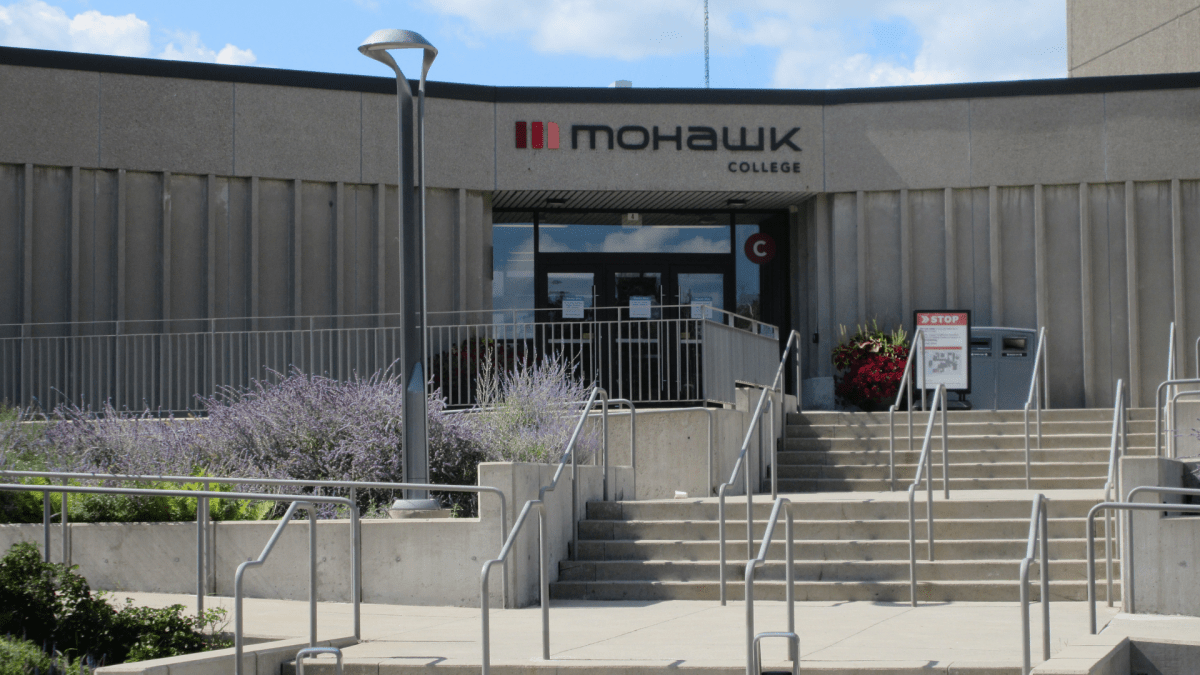The chief operating officer for Mohawk College is defending a decision to suspend a one-of-a-kind program that teaches the creation of content for people with disabilities.

Despite producing successful graduates, Mohawk’s Paul Armstrong says the accessible media production program has been challenged around how the “content is packaged,” resulting in a deficiency in student enrolment.
“We remain committed and want to continue to deliver this type of education, it’s just we had to make a decision on how we would do it to be a little different,” Armstrong told 900 CHML’s Bill Kelly Show.
Executives announced the suspension on Monday, effective in the fall, due to enrolment targets not being met and the program’s financial unsustainability.
Since then, the college has been facing public backlash for the hold on a curriculum that teaches the creation of closed and open captioning content, described video and other digital options for people with disabilities.
The decision spurred many to take to social media to express their displeasure and initiate a campaign using the hashtag #saveAMPMohawk
Program co-ordinator Jennifer Jahnke says she was surprised by the announcement and insists she was not consulted in the process.

Get breaking National news
“It was actually quite a surprise for me,” Jahnke said.
“Although our enrolment was low last semester, we’re on target I think, to meet a fairly successful cohort this coming fall.”
Jahnke understands the financial issues but believes the college should put in a long-term commitment and seek more funding support through the Ministry of Education for an outlet that provides marginalized people access to a post-secondary institution.
“Many of our students are persons with disabilities, and so they’re not only being able to bring that long-lived experience to the program, but they’re also being able to bring that lived experience to employment and fill in employment gaps for persons with disabilities,” said Jahnke.
The first intake of the program was in the fall of 2017, which saw 56 people enrolled over a five-year period, producing 41 graduates.
Armstrong says 30 of those were in the full-time program, while 11 ventured through a part-time option.
Jahnke says the program had a 91 per cent employment rate for graduates.
Despite producing 30 skilled workers, Armstrong says average enrolments of only five or so students per year is not sustainable and fails to meet the needs of the industry.
He says part of restructuring potentially will entail developing content in the form of a ‘micro credential’ program – a smaller package of consumable bits of learning.
The hope is to alleviate not only issues with low enrolment but support the training of teachers to execute the curriculum.
A new scheme potentially could be launched during the fall semester through continuing education streams people can take on a part-time basis.
However, the timeline is dependent on engaging the help of experts in the field.
“It’s very important to us and we really hope we can re-engage all the people to help us move to the next level and to start to get the training out there in a way that we think is going to meet the needs of industry,” Armstrong said.












Comments